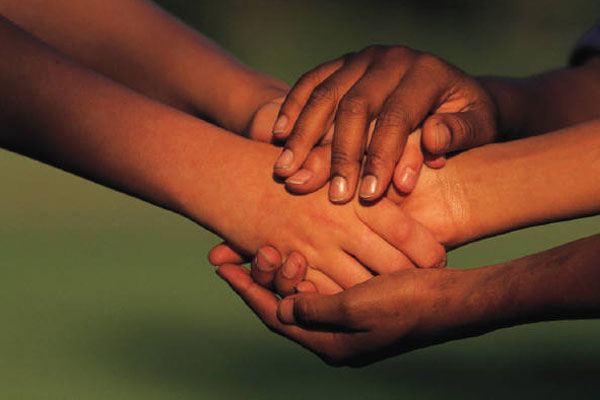Connections Change What is Connected
October 12, 2016 3 Comments
I can’t remember exactly where I saw the phrase recently, but I latched onto it. “Connections change what is connected.” So true. And this is a reason to seriously consider the power and promise of building networks for social change.
In our mainstream culture it seems that many people tend to look at things in isolation, without appreciating that context and relationship have so much to say about the nature of … well, everything. Think about the following examples:
- A widower in his 80s lives alone at home. His family begins to notice an apparent cognitive decline, including slurred speech. A visit to the doctor and changing medication result in no firm diagnosis or marked change. During a particularly worrisome spell, a call is made to the local mental health department, and a male nurse arrives at the home. Shown to the slumping man, the nurse genially starts asking him not about his condition, but about his home and his life. The widower starts slowly, stumbling, but encouraged by a smiling face and genuinely curious questions, over the course of the next 30 minutes he relays a number of stories, and in the process stops slurring his speech, gradually sitting up straighter in his chair. By the end of an hour he is actually quite animated and both men are laughing. In the ensuing days the widower’s condition appears to have vastly improved.
- A middle aged woman living in a small town is clearing the attic in her house and finds her great aunt Mary’s outlandish old hat. Perhaps stylish at one time, it has been mainly of sentimental value and kept for that reason, but now the owner feels like it has outlived its value and usefulness. She makes a note on a list to take the hat to the local thrift store or put it on the curb, thinking as she does so that it will be a shame if it ultimately gets thrown out. Later, seeing the note, her teenage daughter reminds her about virtual tools such as eBay and Freecycle, through which the hat can find a much larger network of connections beyond their small town. This would increase the likelihood that someone will find it charming and be willing to buy it or at least pay postage for it, and in turn create some joy for the purchaser/adopter. This is exactly what happens.
- The Great South Bay (see image above), between Fire Island and Long Island’s South Shore, has been affected by leaking septic systems and storm-water runoff containing lawn fertilizers and herbicides. Over the past 30 years, the resulting brown tides and algal blooms have led to the collapse of the bay’s ecosystem, which once supported a robust clamming industry. Four years ago, a storm surge from Hurricane Sandy created a breach, which opened a passage between the ocean and the bay. While initially considered a blight and concern, this breach has breathed life into the bay, bringing in fresh ocean water and pulling out pollutants. According to one scientist quoted in a New York Times article, “The life just flowed into the bay — fish, seals and sea turtles. It’s been an unqualified boon. It has shown us what the Great South Bay once was, and what it could be again.”
All three of these are true stories. In each case, connection changes something about what is connected, bringing in enhanced perspective, value, life, and possibility. That is really worth thinking about, and acting upon. Also consider the larger view. Poverty, stagnation and injustice all have some rooting in disconnection, or bad connection. Multi-faceted prosperity is in large part a function of healthy webs, characterized by mutually enhancing and robust flows of resources, diversity and intricacy. So tending to the pattern and quality of connections really matters, and can bring about emergent value for individuals as well as the whole. For more about how to do this, see Network Behaviors to Leverage Network Effects.

3 Comments
Connection is healing and rejuvenating- one of those truly renewable resources that grows when shared. It allows us to see a glimpse of possibility we had not seen while being trapped in our individual (habitual) way of thinking and seeing the world. LOVED this post!
Thanks, Mahima! And love how you talk about connection as a renewable resource.
Superduper. And what a great headline. Aah.